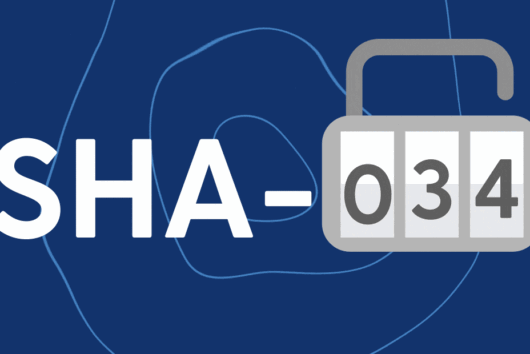What is trading?

Trading, in relation to financial markets, is buying assets and then aiming to sell them for a higher price to make a profit. Assets include a range of financial products such as stocks, currencies, commodities and cryptocurrencies. Imagine you buy one unit of an asset that is worth $10 today and its price rises to $15 tomorrow. If you decide to sell you’ve made $5 of profit. If you decided to risk more of your capital and bought two units, you’ve made $10. Prices can also decrease in value, in which case a losing trade could be the result.
There is a distinction to be made between trading and investing. Investing typically means the buyer intends to hold their assets for a longer period of time. If, for example, you bought some Bitcoin in 2018 and then sold it in 2022, this would be considered an investment rather than a trade. Trading is typically done over shorter time frames, from a matter of minutes to weeks or months; depending on a trader’s objectives and appetite for risk.
Traders use technical indicators to try and determine which way the price of an asset will go next. There are hundreds of indicators to choose from, but some of the most commonly used ones are support and resistance, the RSI (relative strength index), volume and candlestick patterns.
If a trader thinks the price will go up they can place a long order. If they think the price will go down, then they can place a short order. Their ROI (return on investment) is determined by the gap between their entry point and the price they choose to sell at.
Successful traders use risk-management strategies to minimise their losses and try to avoid being emotional in their decision-making so they can make informed, rational decisions.
 Discover
Discover Help Centre
Help Centre Status
Status Company
Company Careers
Careers Press
Press

